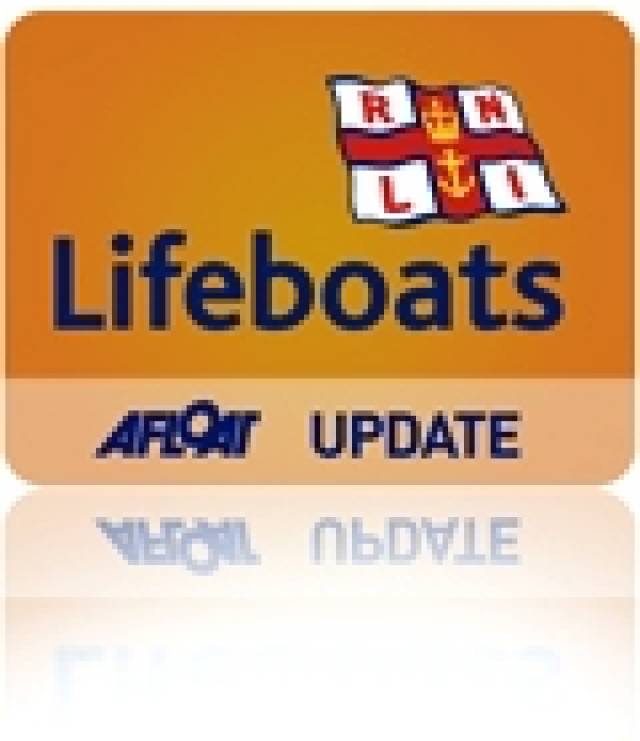#RNLI - Arranmore RNLI in Donegal has assisted nine people after two yachts got into difficulty within five hours earlier this week.
At 12.30pm on Wednesday 2 July, the volunteer lifeboat crew responded to a call for assistance from a yacht which had got into difficulty west of Bloody Foreland.
The 37ft yacht, with seven crew members on board, was experiencing problems with its engine and sails.
On arrival, the lifeboat crew stood by. but with deteriorating weather conditions and a 3-4 metre swell, coxswain Anton Kavanagh decided to escort the yacht to safety until it was safe to secure a tow rope.
As both the lifeboat and the yacht reached the lee side of Arranmore at Beal a’ Chreesh, the crew managed to secure a tow and brought the vessel into Burtonport, where two of the yacht’s injured crew were then transferred to Letterkenny General Hospital by ambulance.
Meanwhile, at around 2.15pm another 10m yacht with two crew members on board got into difficulty eight miles northwest of Arranmore when the vessel’s boom broke.
With no immediate danger, the skipper of the yacht began to make his way towards Burtonport until the lifeboat could return from its first call and escort them into harbour as a safety precaution in what were rapidly deteriorating weather conditions.
Speaking after both rescues, Arranmore RNLI mechanic Philip McCauley said: "For four to six weeks we were quiet and now have responded to six calls in just under two weeks, but I suppose that’s the nature of the business we are in and the volunteer lifeboat crew will always be ready to go out whenever we get the call.
"We were pleased to assist both casualty vessels and their crews today; it is all part of the service."
The lifeboat station at Arranmore is experiencing one of its busiest summers with calls for assistance to help locate missing swimmers, rescue injured fishermen and carry out medical evacuations.
Elsewhere, the Clogherhead RNLI volunteer lifeboat crew launched yesterday morning (Friday 4 July) to the aid of a fishing vessel with engine failure located 3 miles north-east of Dunany Point in Co Louth.
The all-weather lifeboat was launched and underway by 7.25am. On arrival at the scene, coxswain Tomas Whelahan and his crew assessed the situation, and together with the skipper of the casualty vessel it was decided to tow the disabled vessel to Port Oriel.
There were no injuries and the boat was safely tied up at 10:24am.
































































